From the moment of birth, babies start to develop eye movement skills by listening and watching. While your baby moves, sits, or cuddles in your arms, their eyes need to work together to keep their vision clear and single. Over time, eyes learn to work together resulting in instinctive movements, motor coordination, awareness of space between the eyes and an object. Equally important, when what is seen synchs-up with what is heard, your baby develops speech. Learning how to encourage and observe your baby’s eye movements helps you become aware of their eye movement skills.
What are Visual Processing Skills?
Visual processing skills develop when the eyes move together keeping vision clear and single. The development of visual processing skills becomes more and more complex as babies develop. Have you ever thought about the importance of watching your little one’s eyes to learn if their eyes move smoothly together to the right and left, up and down while looking at objects near and far?
Importance of Observing Baby’s Eye Movements
It is possible to miss seeing an eye that floats off-center towards the nose, away from the nose, up, or down. Why? Because we are often looking at the book or toy. Also, when vision blurs and doubles, your baby instinctively copes by becoming fussy, blinking, partially closing an eye, tilting or turning their head, arching their back, covering an eye, or looking away. Thus, it is possible to miss an eye turn.
Age-appropriate, purposeful play activities teach you how to encourage your baby to work hard by moving their eyes together to look at an object. Then, you can observe your baby’s eyes.
Grandma and Grandpa Unknowingly Developed Baby’s Eye Movement Skills
I think it is so ironic how what was done long ago, rocking, and singing or talking, by our grandparents and great-grandparents helped develop their children’s eye movement skills and strengthen the auditory system. Now, researchers know why.
Interesting Facts:
Sound is heard through the skull bones and the ear.
When sound lands on the right side of your skull bones, your eyes instinctively move in that direction before you have even finished listening.
Movement, like rocking, stimulates the inner ear’s vestibular system.
The vestibular system helps coordinate head, neck, and eye movements.
Zamiri Abdollahi F, Joulaie M, Darouie A, Ahmadi T. Auditory Development in Infants. Glob J Oto 2017; 10(5): 555800. DOI: 10.19080/GJO.2017.10.555800.
Purposeful Play For any Age
Rocking and Talking or Singing
As you hold your little one and rock, I encourage you to talk or sing. Most importantly, lay your baby’s head with his or her ear upon your chest. About ten minutes later, lay your baby’s other ear on your chest and sing or talk for ten more minutes. When they are little, you can read anything out loud. Just make sure to be a storyteller. Your voice is teaching them about tempo and rhythms.
Amazingly, you have just stimulated the muscles around your baby’s eyes.
Rocking and Music Calms
Rocking your baby with music out in the room benefits both the baby and the parents. In 2013, researchers found that lullabies played out in the room benefitted premature infants. Music changed their breathing and heart rate; increased calm behaviors, alertness, and the sucking patterns needed for feeding.
According to researchers at John Hopkins University, music has therapeutic effects for all ages reducing anxiety, blood pressure, and pain in addition to improving sleep quality, mood, mental alertness, and memory.
Warning! Do not place headphones on a baby or toddler. The physical structure of the hearing system is still developing.
Slow Speech or Simple Songs in a Quiet Room
Did you know that talking more slowly helps you speak more clearly? If possible, hold and look at your baby while you talk or sing in a quiet environment. Researchers found that babies are unable to clearly hear the phonemic sounds that make up our speech when competing background sound is louder than 60 decibels. In fact, slower speech and a quiet environment helps everyone listen.
Encourage & Observe Baby’s Eye Movement Skills: Birth to 6 Weeks of Age
At what age does an infant start to focus on a target? At birth! The target must be rather large. Your face is the perfect size at this stage whereas the details of your face like your mouth are too small for them to focus on.
Hold your baby so that you are face to face with him or her. Now you can encourage them to look at a target for longer and longer periods of time while observing their eye movements. When nursing or feeding your baby a bottle, look at your baby. Your face is the perfect distance away for them to focus on.
According to WebMD, a baby sees objects clearly just 8 to 15 inches away from their face. It takes time for baby’s eyes to work together. That is why baby’s pupils below are in slightly different places within the eye.
Also, turn on the lights during their awake time. Light stimulates the brain. Just think, when you smile the bright light is reflected in your eyes and on your skin. While the smiles you are seeing from your infant now are not social smiles, the act of smiling is strengthening the muscles in your baby’s face needed for speech. Smiling also helps generate happy brain chemistry which is important for both parents and baby.
Purposeful Play: A Rattle
A toy like a rattle or crinkly paper encourages your baby to look. At this stage of development, babies move their head and eyes towards the direction of the sound. As you play with your infant, hold your little one so that they are facing you. Now, watch their head and eye movement. Gently and slowly shake the rattle about a hand’s width away from the front of your baby’s face.
- Does your infant instinctively move their head and eyes together to locate the source of a sound?
Give your baby’s eyes a rest with kisses, hugs, or just quietly sitting. When you sense your baby is ready, place the rattle a hand’s width away from their right ear. Next, gently shake the rattle. Give your baby all the time they need to turn, look, and focus on the rattle. Once again, give your baby’s eyes a rest. Lastly, place the rattle a hand’s width away from the baby’s left ear and gently shake the rattle.
- Did your baby move their head to look towards the rattle?
- When the sounds were made, did both eyes turn towards the sounds?
If your baby failed to turn towards the rattle, repeat the activity later and the next day. If your baby still does not respond, share your observations with your pediatrician. They should refer you to an ENT doctor. Don’t be afraid to ask for a referral. An audiologist typically works within an ear, nose, and throat (ENT) office. ENT doctor’s equipment assess your baby’s ear, nose, and throat health. For example, fluid can get trapped in your baby’s hearing system without causing an ear infection. The audiologist helps with this assessment.
How to Observe Baby’s Eye Movement Skills at 2 to 3 Months of Age
Around two months of age, your baby will start to watch you move, walk away, and protest when you are out of sight. Sounds are beginning to integrate with vision resulting in more eye movement and less head movement. Your baby sees what is beside their face to the right and left with more ease.
Purposeful Play: Hanging Toys and Faces
Place a hanging toy near their hands or by their feet. Remember they are imitators, so sit or lay down on the floor and play with them. Let them take the lead and mimic them. Then, take a turn and gently make the hanging toy move. Now, observe your baby’s eye movements.
- When the toy moved back and forth, did your baby look?
- Did both eyes stay open?
Your baby’s eye muscles are now strong enough to focus longer on a smaller target like your mouth. Their favorite activity is oftentimes looking at your mouth while you talk. They are fascinated by the movements of your mouth, cheeks, and tongue. Hold your baby so they are facing you and talk slowly to make your speech sound more crisp and clear. Tell them a story. Sing a song with or without music.
- Did your baby look at your mouth?
- Are both pupils in the same place within both eyes most of the time?
Baby’s Eye Movement Skills at 3 to 4 Months of Age
Your baby can now clearly see their feet and little fingers.
When babies clearly see their fingers and feet, the constant movement of their hands, fingers and feet grab their attention. Thus, babies enjoy watching their hands and fingers. They grab their feet, gaze at their toes, and put them in their mouth. Oh, I feel that!
If you put socks and shoes on their feet, expect your baby to take them off. Yup, just making sure my foot and toes are still there. This is good news!
Purposeful Play: Pat-A-Cake
Pat-a-cake, pat-a-cake baker's man Bake me a cake as fast as you can Pat it and prick it and mark it with a "B" Put it in the oven for baby and me
Hold your little one’s hands or feet and clap them to the rhythm of the song. Gently move your baby to act out the song. They will watch as you move their hands and/or feet around. They may also look at your mouth as you sing. This is a great activity to do at the end of a diaper change.
When using my baby’s feet, I changed the third and fourth line of verse to “roll it, roll it, and throw it in the pan.” They loved seeing their little legs and feet roll in circles round and round. When I threw their feet up letting them fall down, I was tickled when they quickly stuck their feet up for more play. Who knew diaper changing time could be so much fun.
Baby’s Eye Movement Skills at 4 to 6 Months of Age
Babies begin to purposely watch movement around them, near and far.
It is now time to baby-proof your home. Your infant has become an active, curious baby. Your little one may roll or scoot across the floor to reach an object of interest. Everything is a toy.
Purposeful Play: Can You Reach It?
Encourage muscle development by playing with your baby on the floor. Place toys or objects of interest just out of reach. You can use a brightly colored toy or something that makes a sound. Your baby will need to look for it, turn, and maybe even roll or scoot to reach it. Remember that this is a workout for your little one. You need to work both sides of their body evenly.
Baby’s Eye Movement Skills at 6 to 9 ½ months
As your baby learns to sit and crawl, they see and experience the world from a new perspective. Their eye muscles are strong enough to focus on objects both near and far for longer periods of time. You should observe more eye movement than head movement. Also, babies now see in color.
During this time, your baby learns to move both eyes together more inward and outward. You will see them closely inspect a toy like a block, blades of grass, and you. They will put their face in your face and touch everything. This is a great time to say the name of what they touch.
When your baby drops an object, they will look for the object. Next time you see a baby drop their spoon while in their highchair, remember they are not trying to manipulate you. They are developing depth perception-the distance between the eyes and the ground or object.
Purposeful Play: What’s That Sound?
Encourage your baby to drop safe objects onto different surfaces. Have your baby sit on your lap or in a place not associated with eating. Then, give them a bowl full of different objects. For example, a plastic toy, a wooden puzzle piece, a block, a ball, etc. Let them work at picking up the objects.
Babies need much more time than children and adults to look, think, and figure out a task.
When I did this activity with my granddaughter, I was delighted by the look of glee on her face as she dropped each object through a hole in the laundry basket. When she heard each object hit the laundry basket, she looked down surprised as if to say, “Why did it make that sound?” I watched and waited as she filled her bowl back up. This time she chose to drop objects onto the carpet, the wooden cutting board used for block play, and then back through the hole in the laundry basket. She was fascinated by sound, but she was also watching the object. Her brain learned to integrate what she heard with what she saw.
- Did your little one learn to watch the object as it dropped to the ground?
Who is at Risk for Visual Processing Difficulties?
Infant eye movements should instinctively develop as they watch, respond to sounds, and play. Unfortunately, events during and after birth can interfere with the natural development of visual processing skills. For example, infants need interaction with others, stimulating play. Lack of interactions negatively affects visual development. Additionally, genetics and head trauma can contribute to the development of visual processing difficulties.
The inner ear’s vestibular system helps coordinate head, neck, and eye movements. Thus, a healthy hearing system plays a role in the development of your baby’s eye movement skills. I have found visual processing difficulties in previous clients with past or ongoing chronic congestion, enlarged adenoids, digestive difficulties, impacted ear wax, and fluid in the middle ear with and without an ear infection.
If you have questions or concerns after completing any purposeful play activities, schedule a free phone consultation with me.
The blog, How to Help the Gut Sensitive Baby and Toddler, helps you understand how digestive difficulties and chronic congestion diminish your baby’s hearing. Your baby needs a purposeful play session for about fifteen to twenty minutes a day to push stimulation through the hearing system to the muscles around the eyes.
The only way to therapeutically strengthen muscles in the body is to create fatigue and then push a little bit more. Use a combination of the activities like the ones in this post to keep their attention, make it fun, and allow them to feel successful. Remember, you are playing with your child.
Behaviors Associated with Lack of Eye Development & Movement in Babies
- Dislikes being picked up, arches back
- Becomes upset with rocking or swinging motion
- Seems to not see, lacks response to visual stimuli
- The pupil in one eye drifts outward, inward, up, or down
- One eye is more closed than the other
- One eyelid is lower than the other eye
- Crawls backwards, skips crawling, or crawls for a very short period of time
- Developmental delays
- Anxious, especially away from home
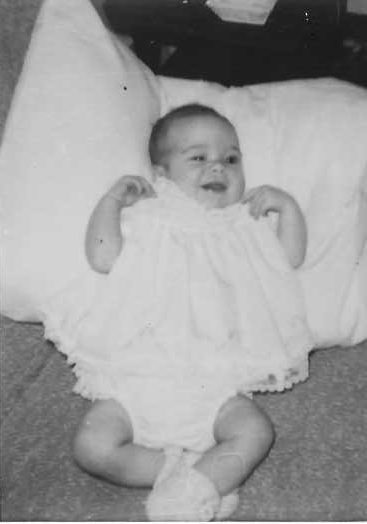
When you have concerns, never hesitate to take your baby or toddler to an ophthalmologist. Even when you are told that everything is ok, your baby can still have visual processing difficulties.
National search engines help you find a developmental optometrist or neuro-rehabilitation optometrist near your home specializing in visual processing skills.
Upcoming Blog
Toddler days arrive around nine and a half months to twelve months of age. Next week, I will share the stages of visual processing developments from nine and a half months to three years of age.
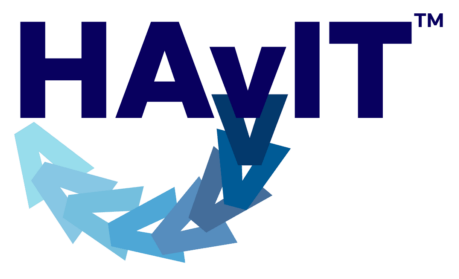
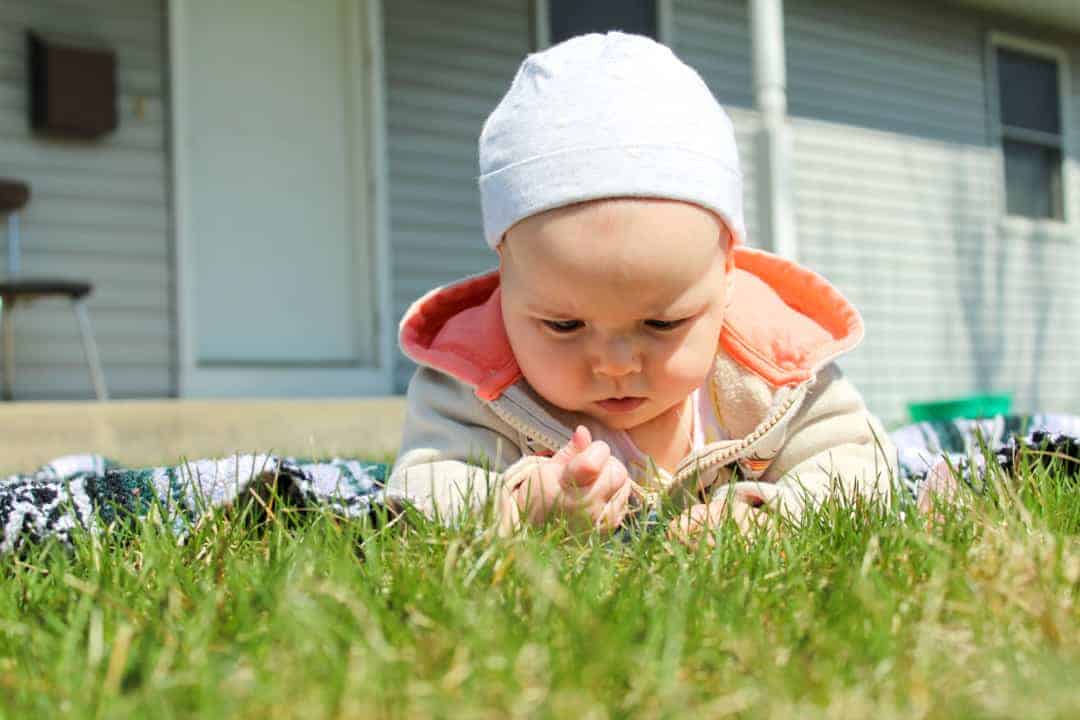

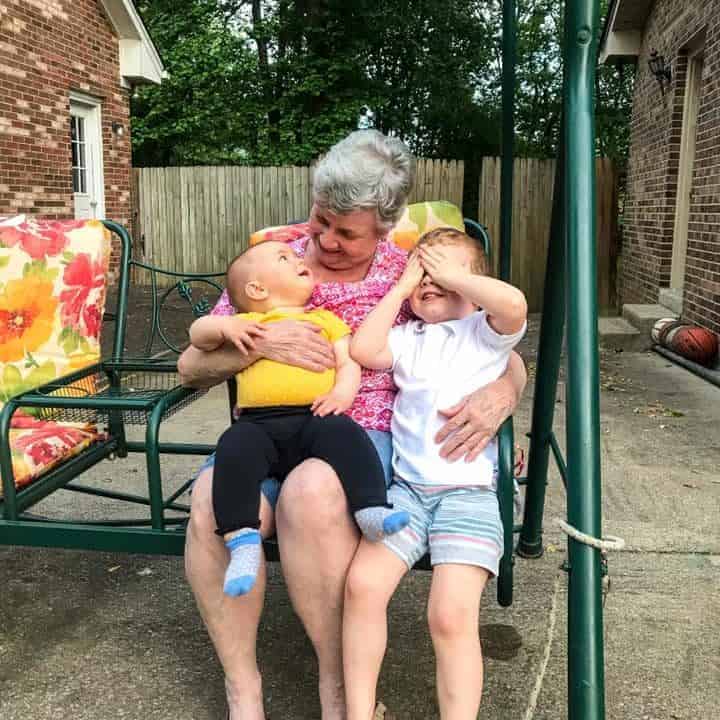
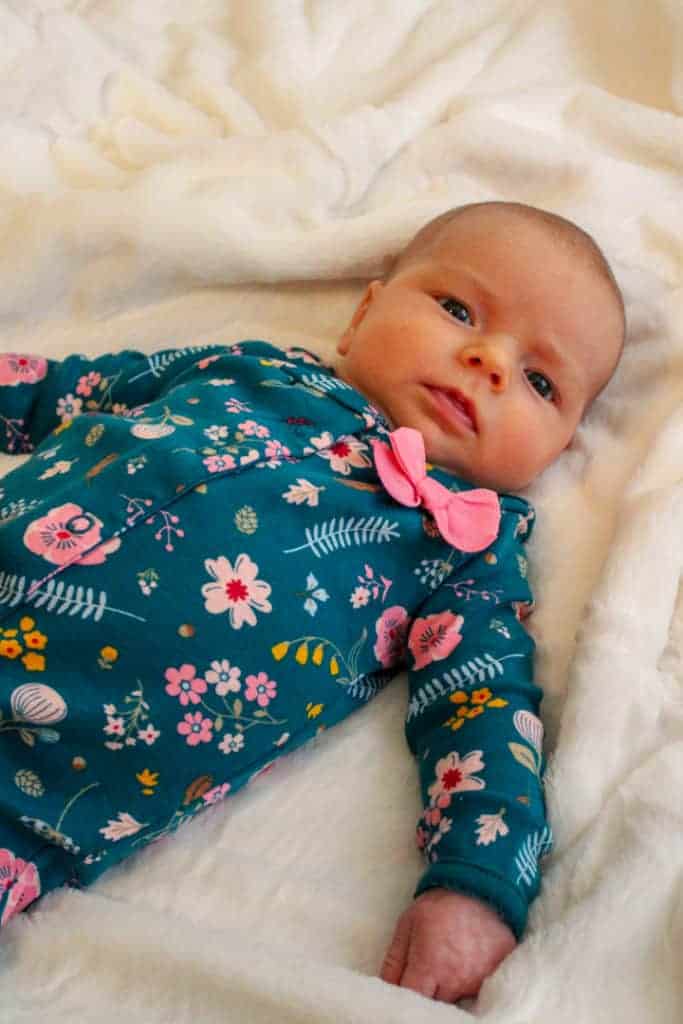
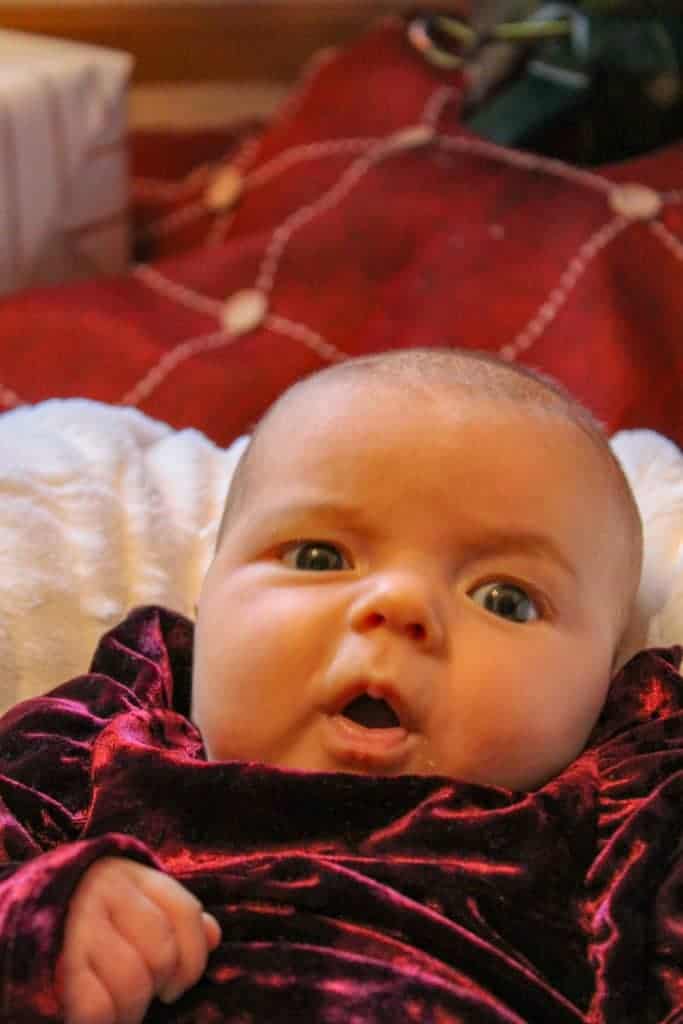
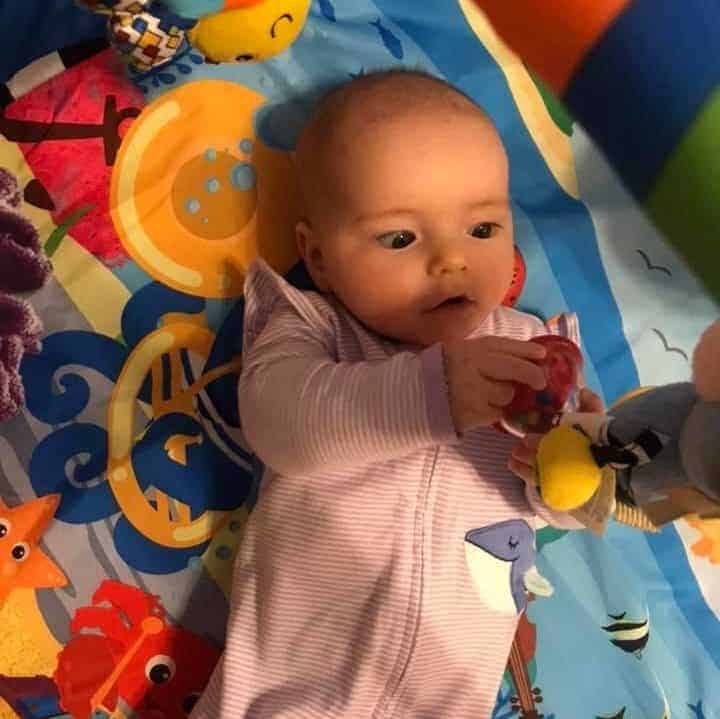
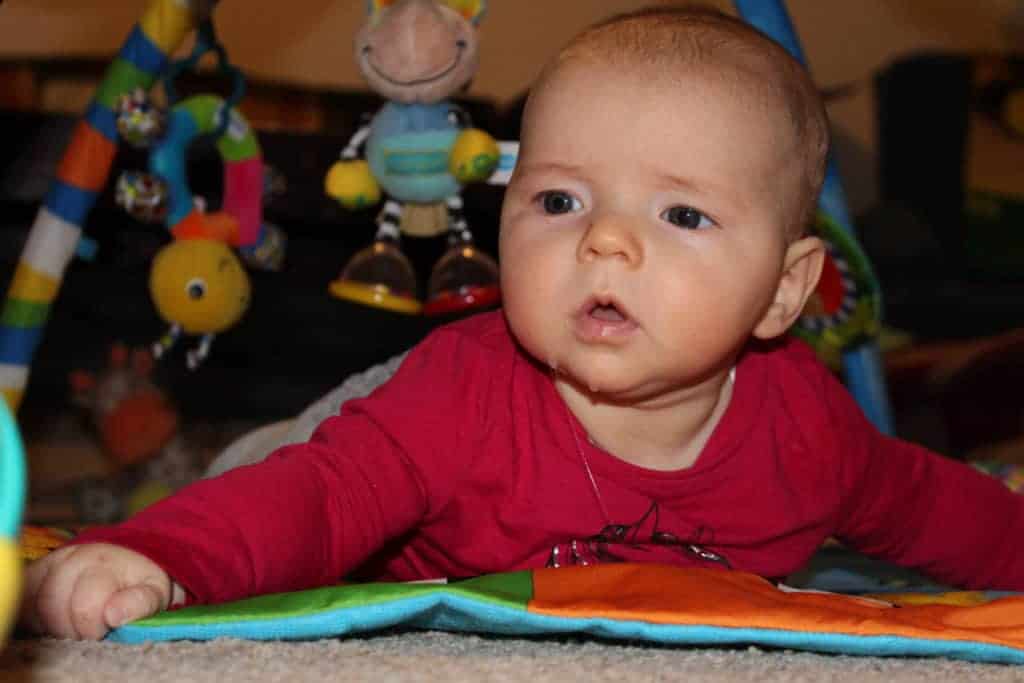
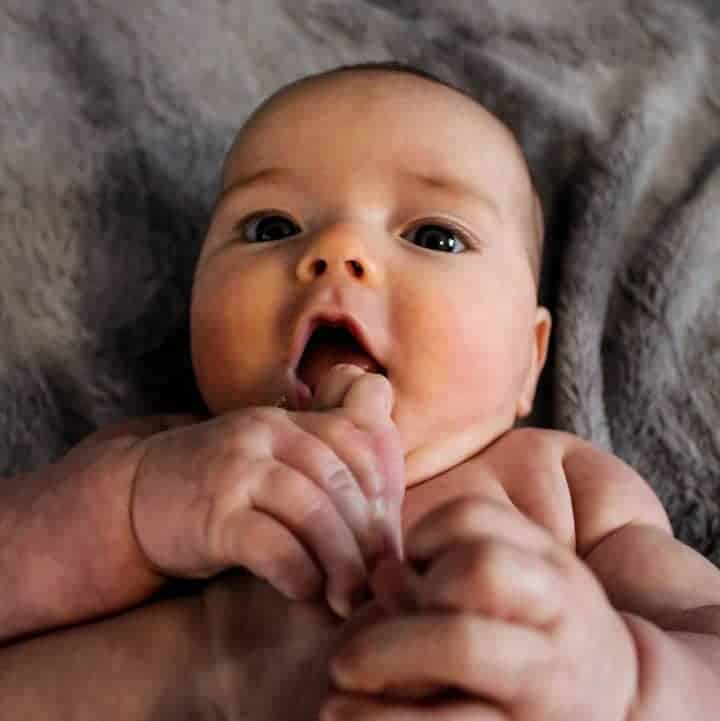
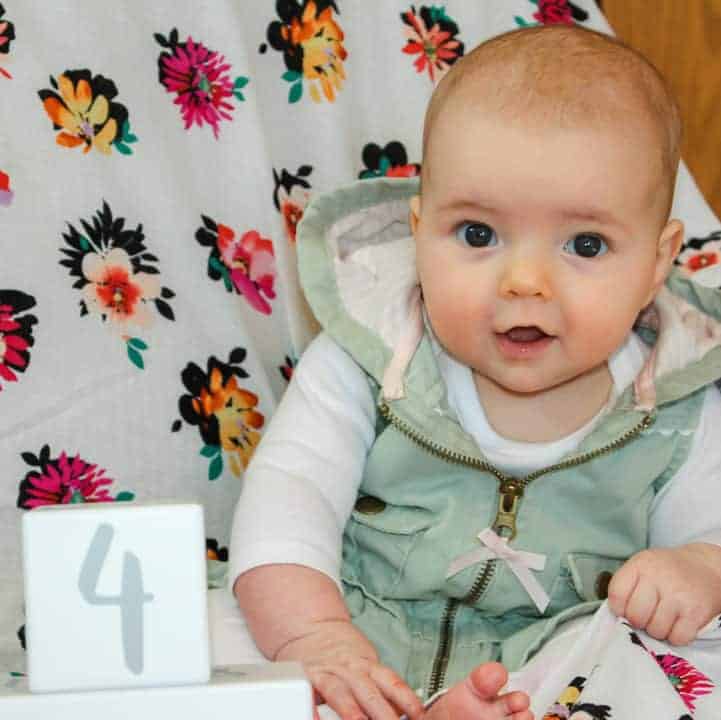
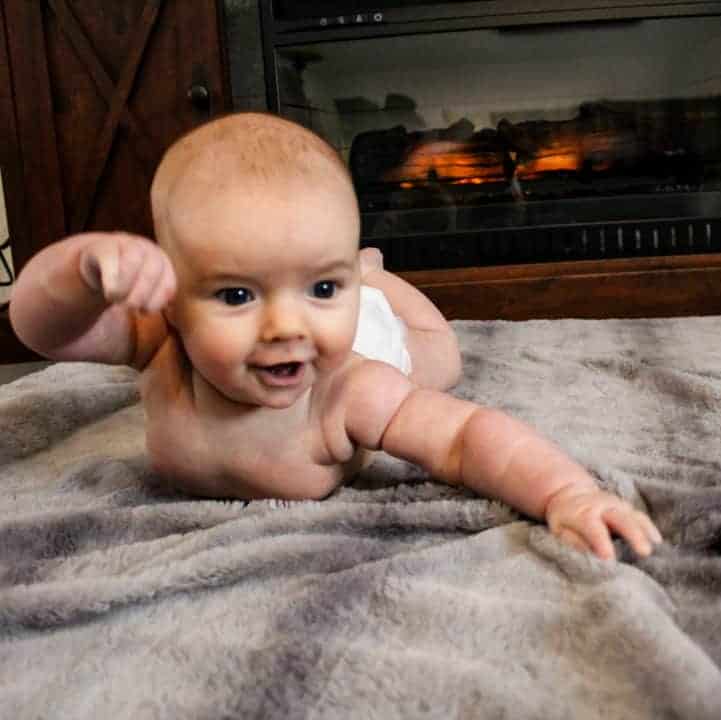
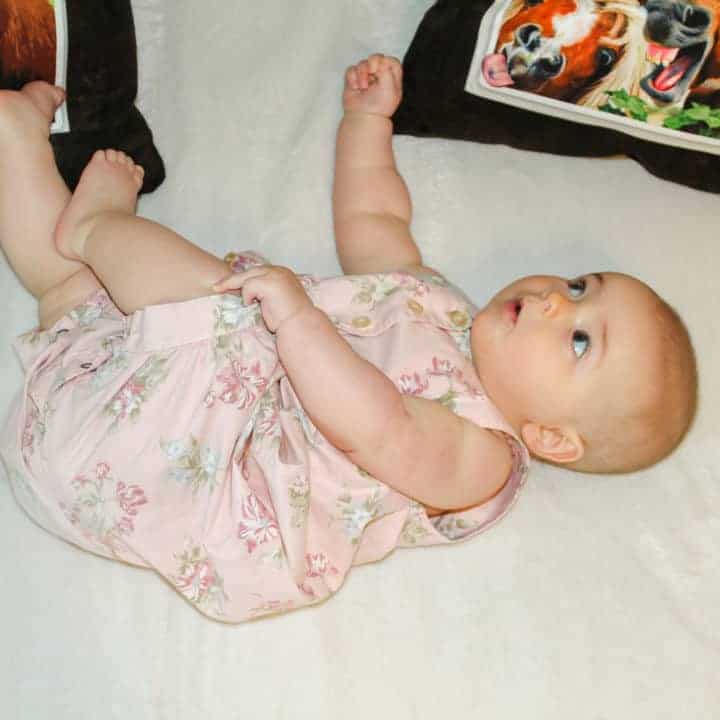
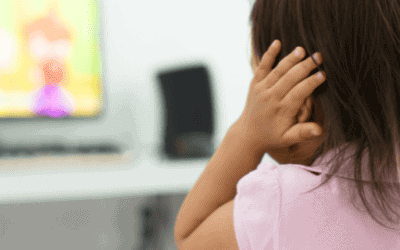



0 Comments